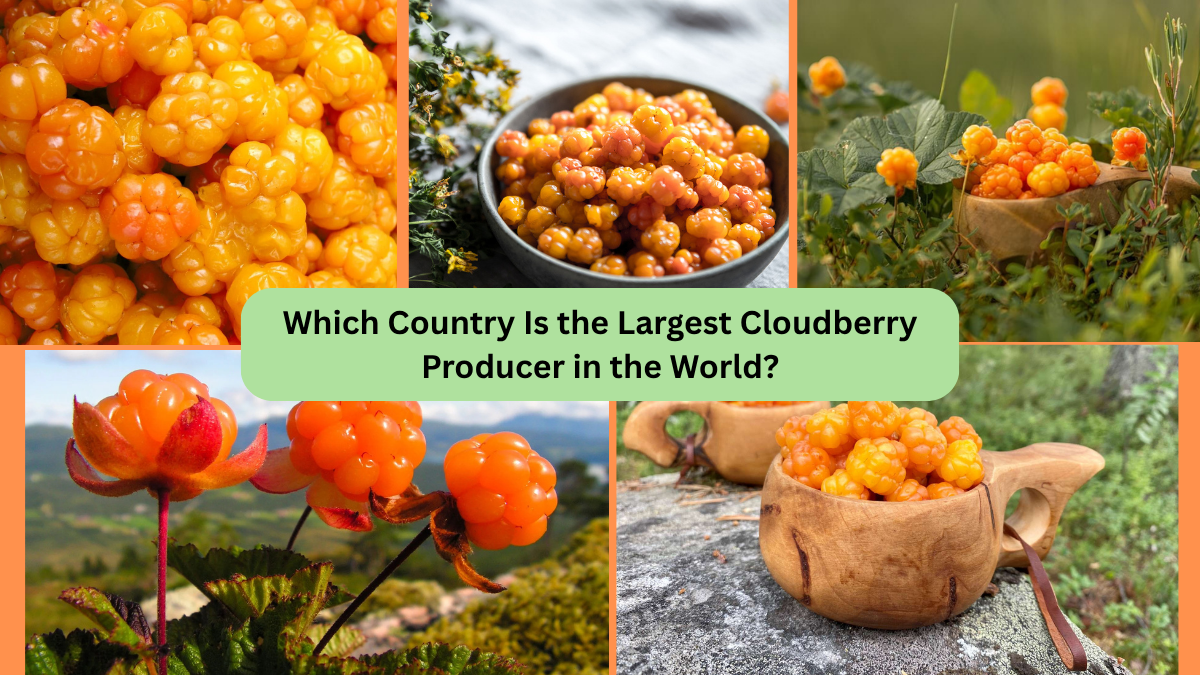Among the world’s many exotic and regionally beloved berries, the cloudberry stands out as one of the most treasured — especially in the cold, northern regions of the world. This golden-hued fruit is prized for its unique tart-sweet flavor, rarity, and remarkable nutritional benefits. Though relatively unknown in many parts of the world, cloudberries are a cherished delicacy and a crucial part of local culture and cuisine in the subarctic and arctic territories.
But when it comes to commercial harvesting and natural abundance, one question naturally arises: which country is the largest cloudberry producer in the world? Let’s dive into the fascinating world of cloudberries, exploring their history, cultivation, uses, and global production — with a spotlight on the nation that leads them all.
What Are Cloudberries?
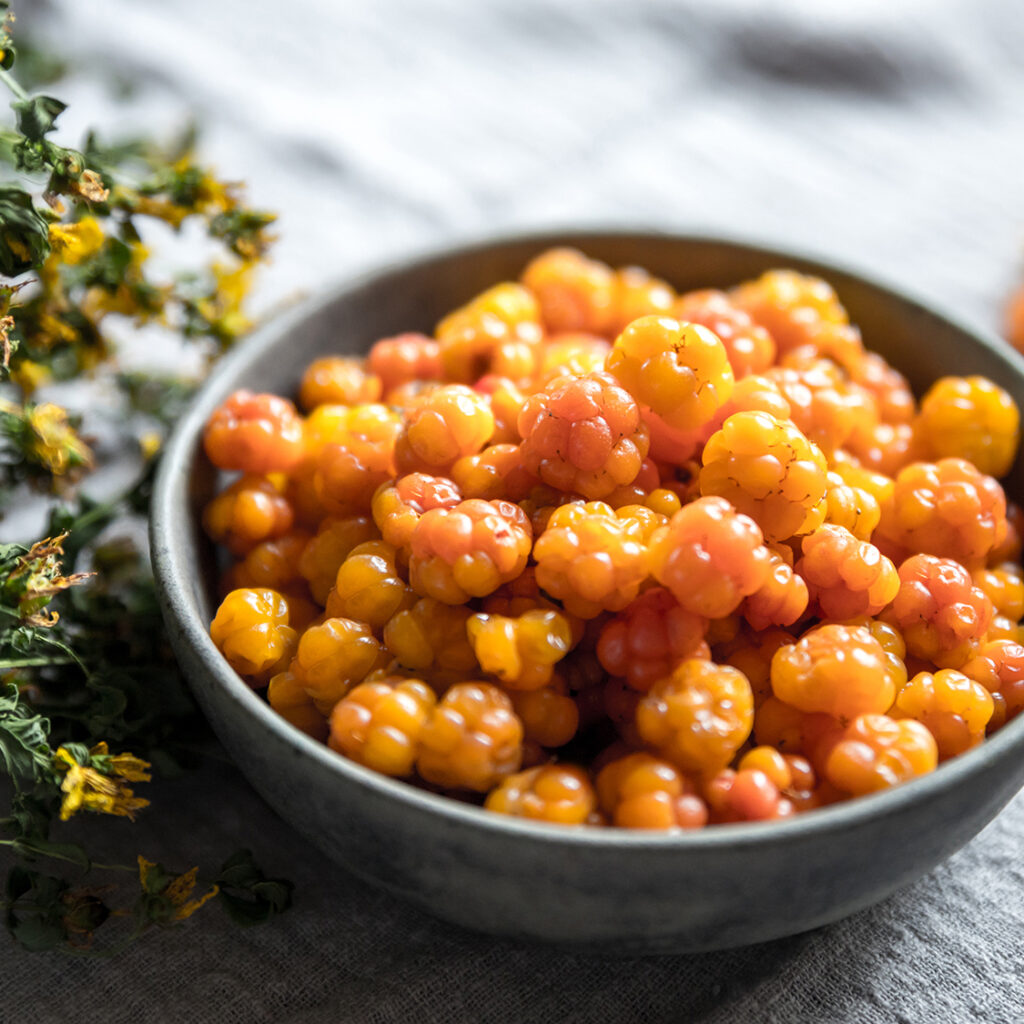
Cloudberries (Rubus chamaemorus) are small, amber-colored fruits that resemble raspberries or blackberries in appearance but differ in flavor and habitat. These berries grow primarily in cold, boggy, and marshy regions of the Northern Hemisphere, thriving in areas with short summers and long, harsh winters.
Quick Facts:
- Scientific Name: Rubus chamaemorus
- Common Names: Bakeapple (Canada), Knotberry (UK), Salmmai (Russia)
- Appearance: Amber to orange in color, similar to raspberries in shape
- Taste: Tart with a hint of sweetness
- Native Range: Arctic and subarctic regions of Europe, Asia, and North America
Which Country Is the Largest Cloudberry Producer in the World?
The title of largest cloudberry producer in the world belongs to Finland.
Thanks to its extensive peatlands, marshy terrain, and cool climate, Finland provides the perfect natural environment for wild cloudberry growth. While cloudberries are notoriously difficult to cultivate on a commercial scale, Finland’s vast natural landscapes produce more cloudberries annually than any other country.
Why Finland Leads in Cloudberry Production
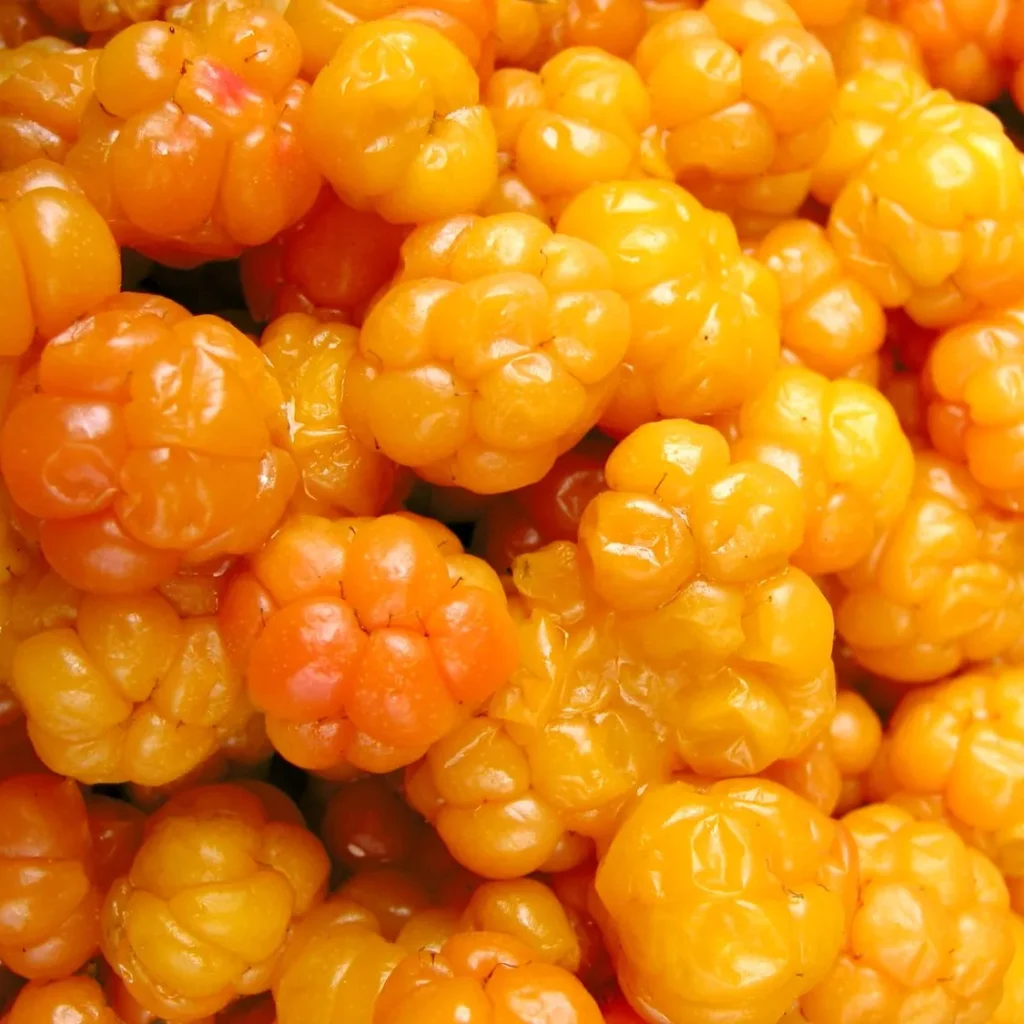
Several factors position Finland as the top cloudberry-producing nation globally:
Ideal Natural Habitat
Finland’s northern peat bogs, wetlands, and subarctic climate offer perfect conditions for cloudberries to thrive. The combination of long summer daylight hours and cold winters promotes healthy berry development.
Strong foraging culture
Cloudberry picking is a cherished summer tradition in Finland. Locals and commercial foragers gather the fruit during its short harvest season, typically between July and early August.
Government Support for Wild Berry Harvesting
In Finland, the “Everyman’s Right” (Jokamiehenoikeus) allows everyone, including non-residents, to pick wild berries on uncultivated land, which boosts overall collection rates and encourages sustainable harvesting.
Processing and Export Industry
Finland is home to several companies specializing in processing cloudberries into jams, liqueurs, desserts, and health supplements, exporting these products across Europe, Japan, and other markets.
Global Cloudberry Production Overview
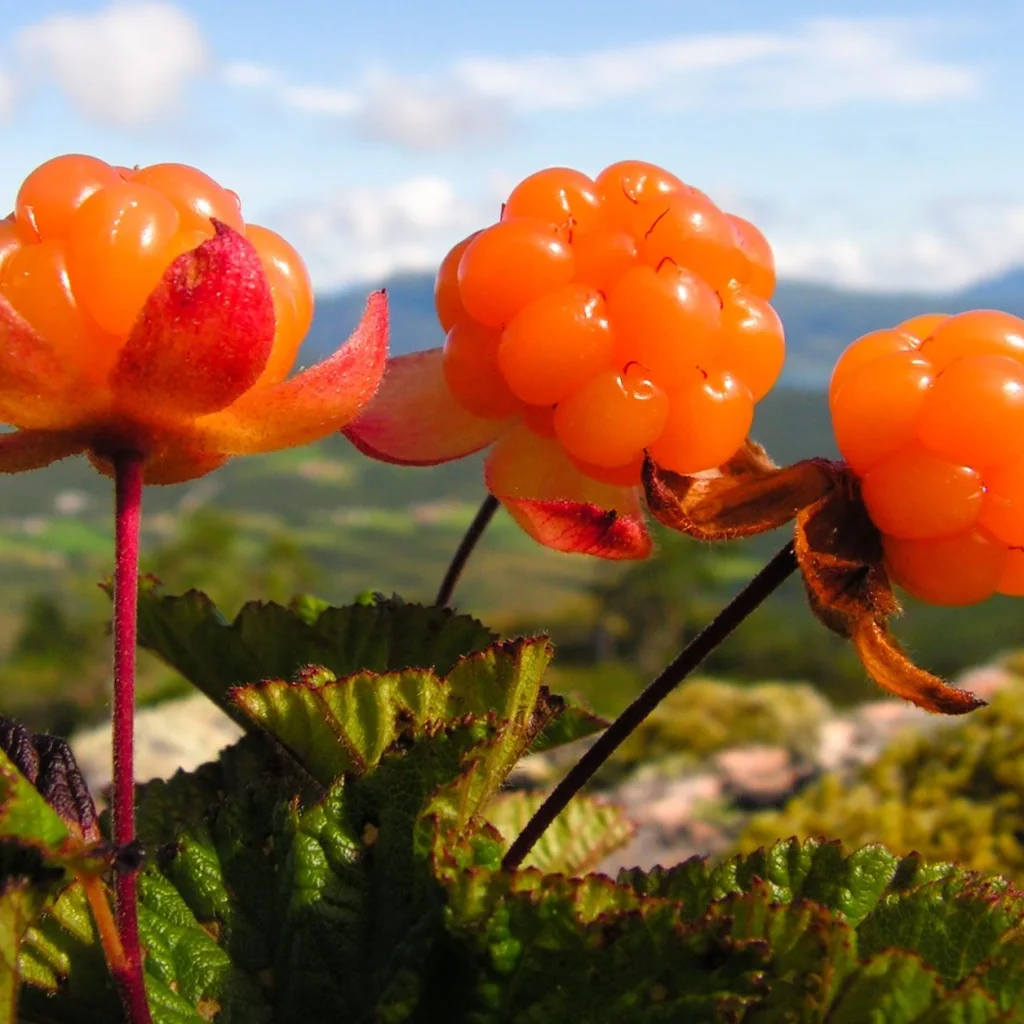
Although Finland leads the world in cloudberry production, other countries also have native populations of this prized berry, particularly in arctic and subarctic territories.
| Country | Estimated Share of Global Production |
|---|---|
| Finland | 35–40% |
| Russia | 25–30% |
| Sweden | 15% |
| Norway | 10% |
| Canada | 5–7% |
| Alaska (USA) | 3–5% |
Cloudberry Cultivation and Harvesting Challenges
Unlike many berries that have been successfully domesticated, cloudberries are notoriously difficult to cultivate. They demand specific environmental conditions, including:
- Cold winters for dormancy
- Acidic, waterlogged soils like peat bogs
- Open landscapes with adequate sunlight
Most cloudberries are still gathered from the wild. While some small-scale farming trials have been conducted in Finland and Norway, large-scale cultivation remains rare and technically challenging.
Uses of Cloudberries
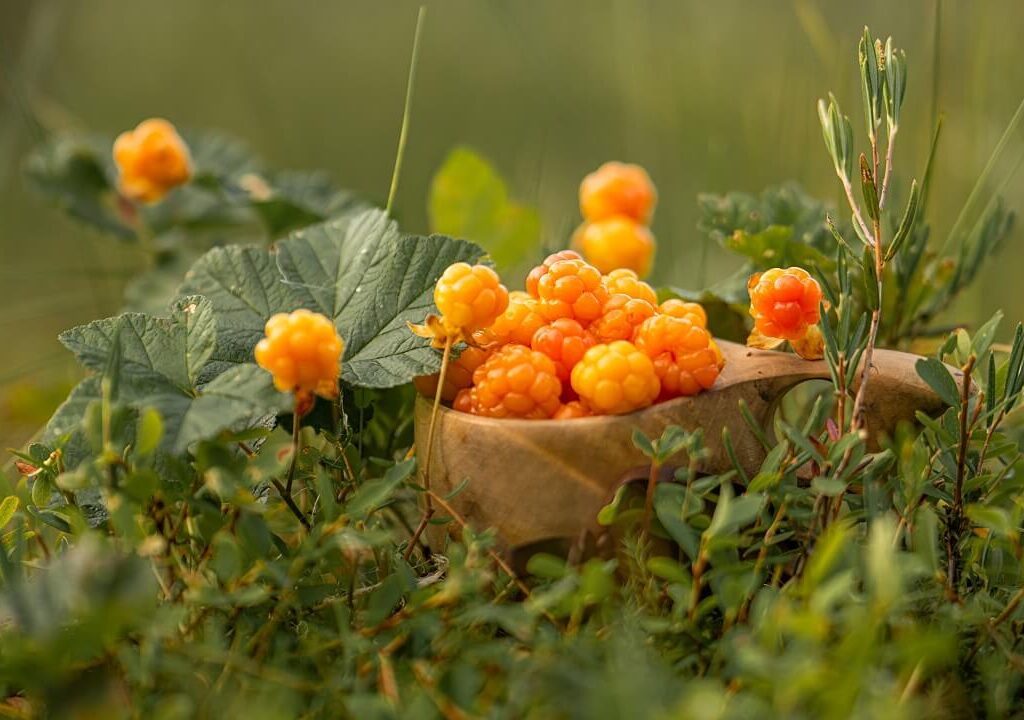
Culinary Delicacies
Cloudberries are considered a delicacy in Nordic cuisine and are used in:
- Cloudberry jam and preserves
- Sauces for wild game dishes
- Tarts and pastries
- Cloudberry cream cakes
- Liqueurs and cordials (such as Finland’s famous Lakkalikööri)
Medicinal and Nutritional Uses
Historically, cloudberries were valued by indigenous Arctic peoples and Scandinavian settlers for their health benefits:
- Used to treat scurvy due to high vitamin C content
- Consumed for anti-inflammatory and antioxidant properties
- Used in traditional poultices for skin irritations
Modern Applications
Cloudberries are now featured in:
- Nutraceutical supplements
- Luxury skincare products (owing to their antioxidants and vitamins)
- Organic gourmet cuisine
Health Benefits of Cloudberries

Cloudberries are small but incredibly nutrient-dense.
Nutritional Profile (per 100g of fresh berries)
- Calories: 51 kcal
- Vitamin C: 158 mg (3 times more than oranges)
- Fiber: 6.3 g
- Omega-3 and Omega-6 fatty acids
- Ellagic acid, anthocyanins, and polyphenols
Health Benefits
- Boosts immune system
- Reduces inflammation
- Promotes heart health
- Supports digestion
- Protects against free radicals
- Beneficial for skin health
Cloudberry Production in Other Countries
Russia
Russia has large wild cloudberry populations, particularly in Siberia and the Far East. However, much of the harvest remains local or informal, with limited commercial export.
Sweden
Sweden produces cloudberries mainly in its northern provinces. The berries are highly valued in Swedish culinary traditions, especially served with pancakes or used in cloudberry mousse.
Norway
Norway’s mountainous north is home to cloudberries. Like in Sweden, they’re a gourmet ingredient in local dishes, and cloudberry picking is a popular summer activity.
Canada
In Canada’s subarctic regions like Newfoundland and Labrador, cloudberries, known locally as bakeapples, are gathered from the wild and made into preserves and traditional dishes.
Alaska
In Alaska, cloudberries are an important traditional food for Native communities and feature prominently in regional recipes and summer foraging.
Future Outlook for Cloudberry Production and Demand
As interest in superfoods and organic, wild-harvested ingredients continues to grow globally, demand for cloudberries is expected to increase. Key trends include:
- Rising interest in Nordic and Arctic cuisine
- Growth of luxury health supplements and skincare products
- Expansion of export markets in Asia and North America
However, limited natural supply and the difficulty of cultivation mean that cloudberries will likely remain a premium, niche product rather than a widely available commodity.
Conclusion
In conclusion, Finland proudly holds the position as the largest cloudberry producer in the world. The country’s natural peat bogs, subarctic climate, and long-standing foraging traditions enable it to gather more cloudberries annually than any other nation.
This small, golden berry remains a cherished symbol of Nordic culinary heritage and a nutrient-rich treasure of the northern wilderness. While cloudberries may never be as common as strawberries or blueberries, their rarity, flavor, and health benefits ensure they will continue to captivate chefs, health enthusiasts, and foragers for generations to come.
